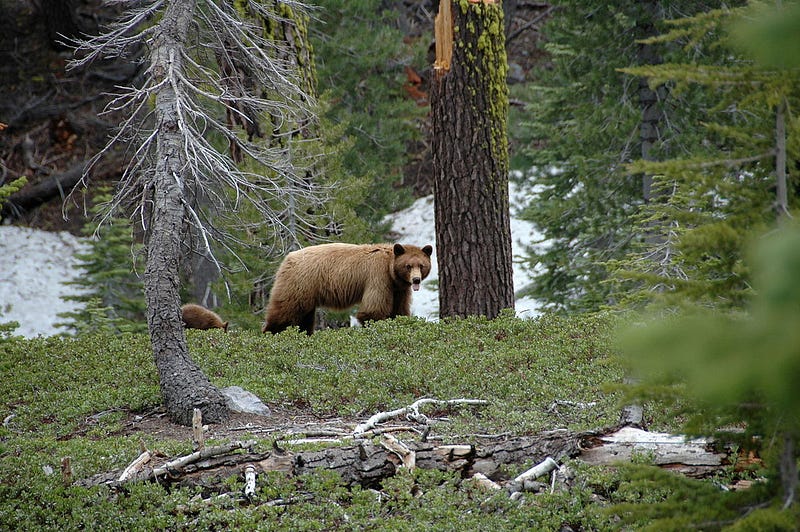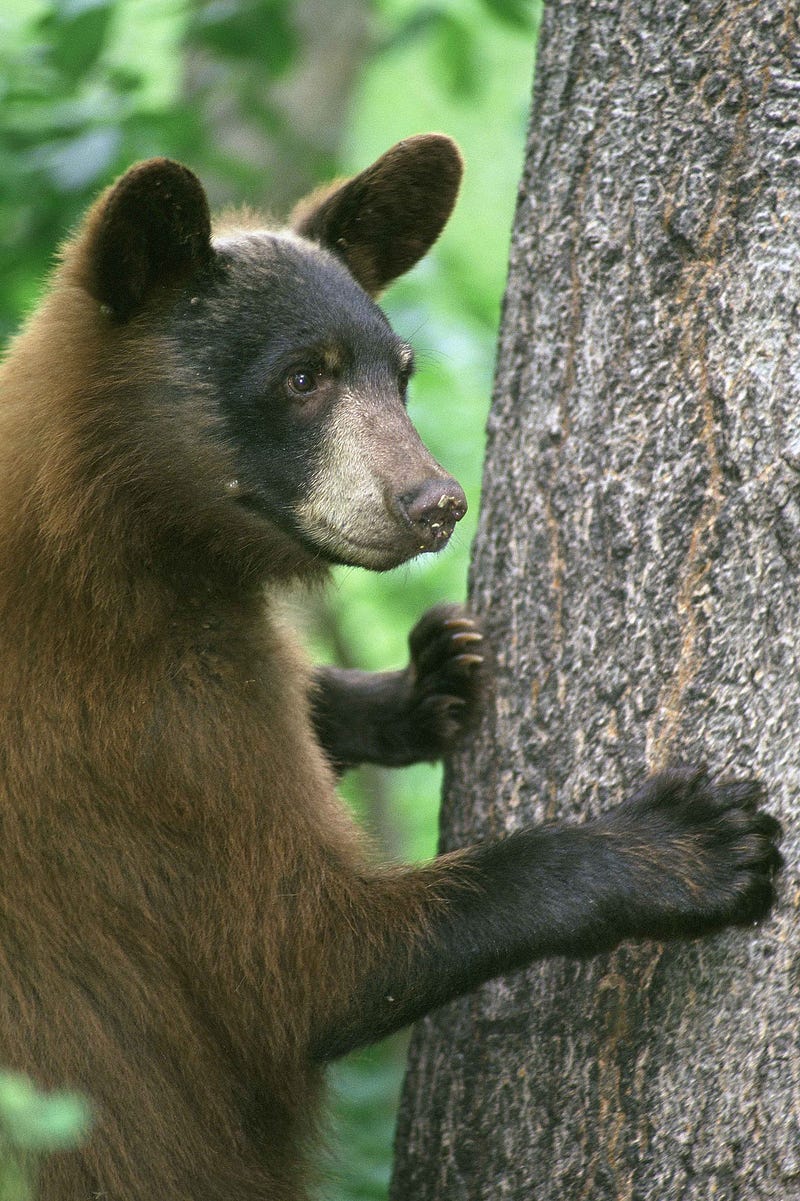The Surprising Colors of Black Bears: Genetics and Environment
Written on
Chapter 1: Understanding Black Bear Color Variations
Black bears, often associated with their dark fur, actually exhibit a range of colors, including shades of red and cinnamon. This intriguing phenomenon is attributed to a genetic mutation that may have emerged approximately 9,000 years ago.

The black bear, scientifically known as Ursus americanus, is a remarkable predator found throughout North America. Despite its name, not all black bears boast the traditional black coat; some display hues such as fawn, reddish, copper, and even blue-gray. Researchers have long been curious about the reasons for these striking color differences. Recent studies have provided new insights into the genetics behind these variations.
Section 1.1: Genetic Research on Color Variations
An international research team from the U.S. and Japan conducted a comprehensive analysis of black bear DNA. They collected samples from 151 bears across the United States and Canada. Notably, bears residing in western regions like Nevada, Arizona, and Idaho showed a higher propensity for having reddish-cinnamon fur.
Subsection 1.1.1: Discovering the R153C Mutation
The scientists identified a specific mutation, R153C, located in the TYRP1 gene, which is linked to the production of melanin through a process called melanogenesis. This genetic change is similar to what causes ocular-skin albinism, and it has been connected to the color variations observed in black bears. The findings were published in the journal Current Biology.

Section 1.2: The Impact of Geography on Genetic Mutation
Interestingly, the genetic mutation does not seem to affect the bears' eyesight, unlike albinism. Researchers believe this mutation is relatively recent, originating around 9,360 years ago, and has gradually spread. However, black bears are less frequently reddish-brown in regions like the Great Lakes and the northeastern United States, likely due to limited gene flow.
Chapter 2: Evolutionary Perspectives on Coat Color
In the video "Where to Find Color Phase Black Bears," experts discuss the distribution and prevalence of different color phases in black bears, shedding light on their unique habitats and behaviors.
The lead researcher, Emily Puckett from the University of Memphis, explains that the geographic barriers have played a significant role in the spread of this mutation. She notes that bears do not traverse the Great Plains easily; thus, gene exchange between populations occurs slowly.
In the video "Brown and White Black Bears? Why Some Black Bears Have Different Fur Colors," the discussion delves into the genetic basis for color variations, highlighting the ecological implications of these changes.
Researchers are also exploring whether the change in fur color serves as a form of camouflage. With the current black bear reintroduction initiatives in the U.S., it is crucial for the public to recognize that these bears can exhibit a variety of colors beyond black. Understanding this diversity is essential for their conservation.
As scientists continue to investigate the evolutionary significance of these color changes, they suggest that the variations may provide advantages in avoiding predators by mimicking the appearance of more formidable species, such as grizzly bears.